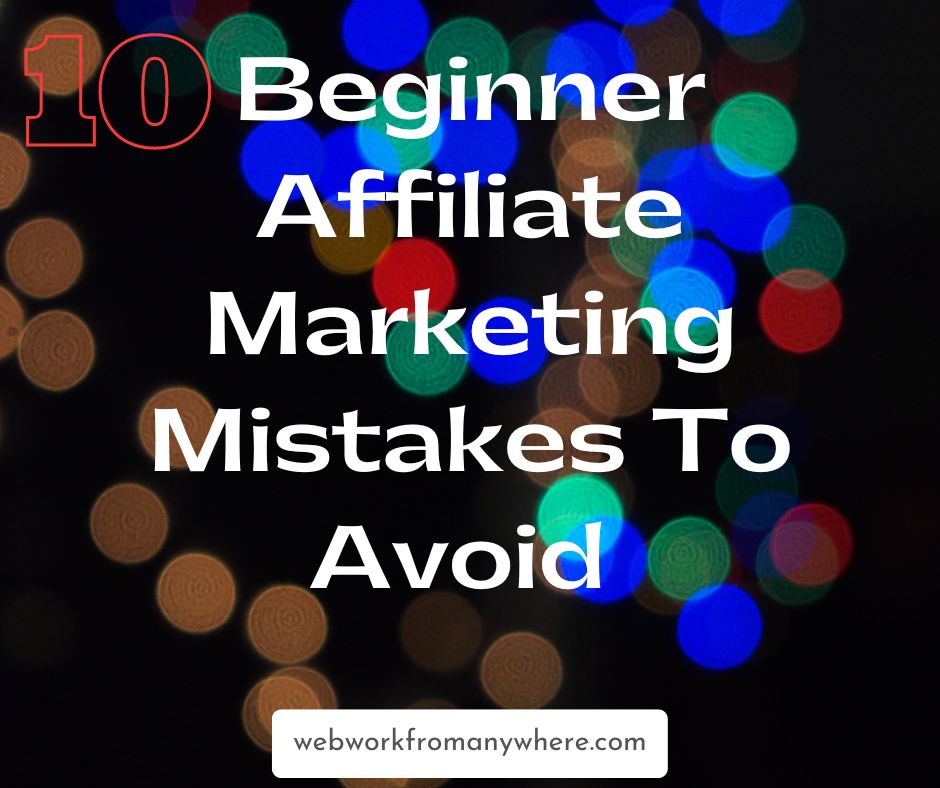Affiliate marketing is worth over $17 billion a year! If you do it the right way it’s a great opportunity for bloggers and website owners to make money. Is it as easy as posting other people’s stuff on your website and raking in the money? No! I wish it was that easy! It’s hard work but also very rewarding and a lot of fun. There’s a right way and a wrong way.
So let’s check out 10 Beginner Affiliate Marketing Mistakes to Avoid as you start out. I’ve also included a video for you to watch to see even more tips!
- 1. You Don’t Think about the Purpose of your Website/Blog
- 2. You Don’t Know who’s your Target Market
- 3. You Don’t Choose a Clear Niche
- 4. You Don’t Pick the Right Products and Services
- 5. You Don’t Disclose your Affiliate Relationships
- Here’s a Great Video to Watch
- 6. You Don’t Solve your Audience’s Problems
- 7. You Don’t Share your Content
- 8. You Don’t check your Analytics
- 9. You Don’t Update Underperforming Posts
- 10. You Don’t Ask for People’s E-mail Addresses
- Wrapping Up – Affiliate Marketing Mistakes to Avoid
This post may contain affiliate links which may earn a commission at no additional cost to you. As an Amazon Associate, I earn from qualifying purchases. See my Affiliate Disclaimer here.
1. You Don’t Think about the Purpose of your Website/Blog

Why have you decided to create a blog or a website? What are your goals and dreams for your website? Your first step is to work out your purpose on a deeper level.
So, develop your Strategic Business Plan with a vision and mission statement. Include your target market information (see below). This business plan doesn’t have to be long but also use it as a guide as you move forward. Here are free Business Plan templates at Canva.
The Benefits of a Business Plan
- A Business Plan helps you identify the message you want to convey and the audience you want to reach.
- Then you can think about the type of content you want to create, share and display online.
- Once you have a clear understanding of your website’s purpose, you can decide on your brand and web design.
DESIGN TIP: If you use WordPress then GeneratePress is a fast-loading theme. This includes Elementor which is an easy website builder. You can create content and designs with a visual, drag-and-drop editor.
2. You Don’t Know who’s your Target Market
Can you answer these questions?
- Who specifically do you create content for?
- Who do you want to help?
- Do you understand your customers’ issues and problems?
If you try to target women between the ages of 15 and 50, who enjoy fashion, you’ll have a hard road to slog. Because this is a very broad group of people, with a wide variety of likes and dislikes, and a very competitive niche. What about women in their 30s who are fuller-figured and are looking for workout gear? Or even more specific yoga gear.
So, choose a very specific audience base so your content appeals to the right people at the right time.
Men over 40 who enjoy fishing in your area, women who are looking for eco-friendly toys for their children?
TO DO: create a few profiles of your intended audience. With their name, age, where they live, their job, interests, sports, likes and dislikes, problems, etc.
Then when you visit forums, e.g. Quora, and Tripadvisor, you can see what issues your target audience has problems with. So you can solve them!
3. You Don’t Choose a Clear Niche
Choose a sub-niche you’re interested in and want to know more about. This is a topic with a smaller, targeted audience where you can find low-competition keywords.
If you’re not knowledgeable about this topic now you will soon be! As you learn about the sub-niche you can share this information with your audience.
For example – a niche is ‘travel’ and a sub-niche is ‘luxury adventure travel’ or ‘glamping in Australia’, or Rafting in Costa Rica.
Wealthy Affiliate Niche Finder Tool
This is a great tool at Wealthy Affiliate, for finding sub-niches and also ideas for content creation.
1. I chose Travel – here are the results. Notice that the niche is the people you want to target:
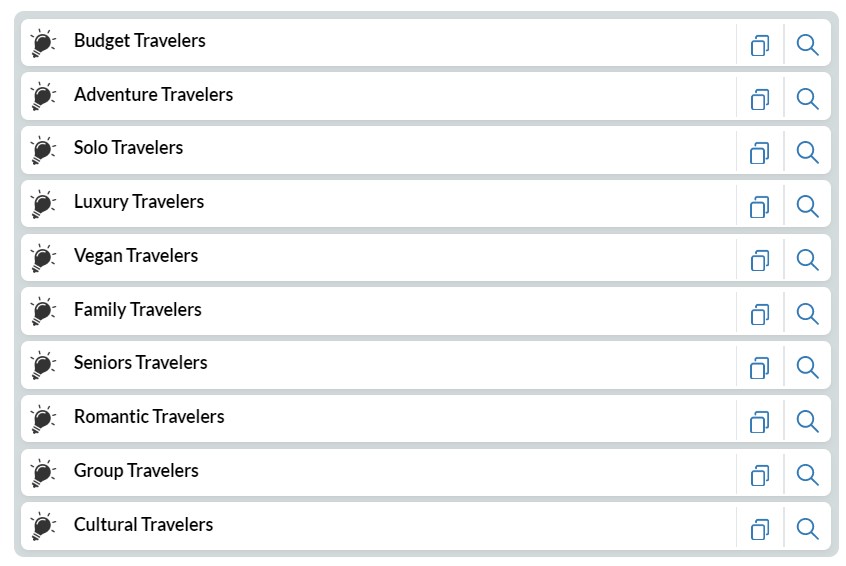
2. I then chose Adventure Travelers from the above list and here are the results:
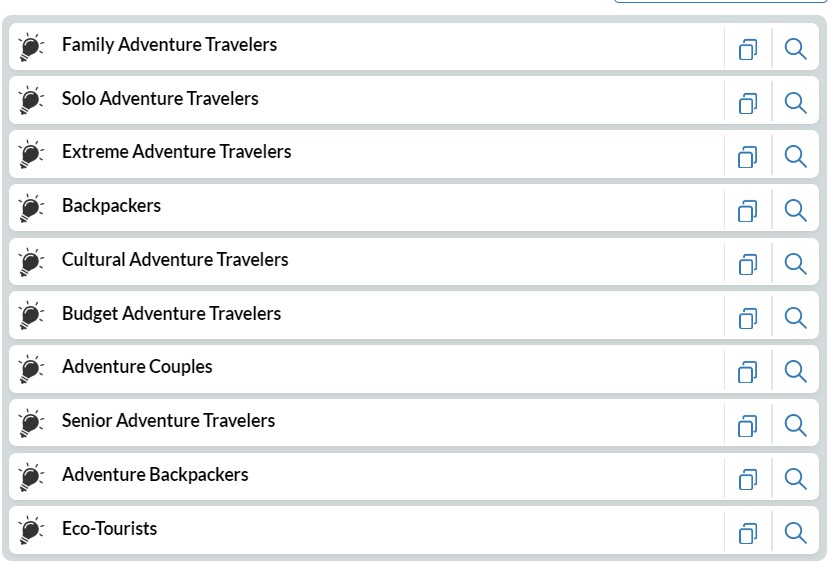
3. I then chose Solo Adventure Travelers from the above list and here are the results:
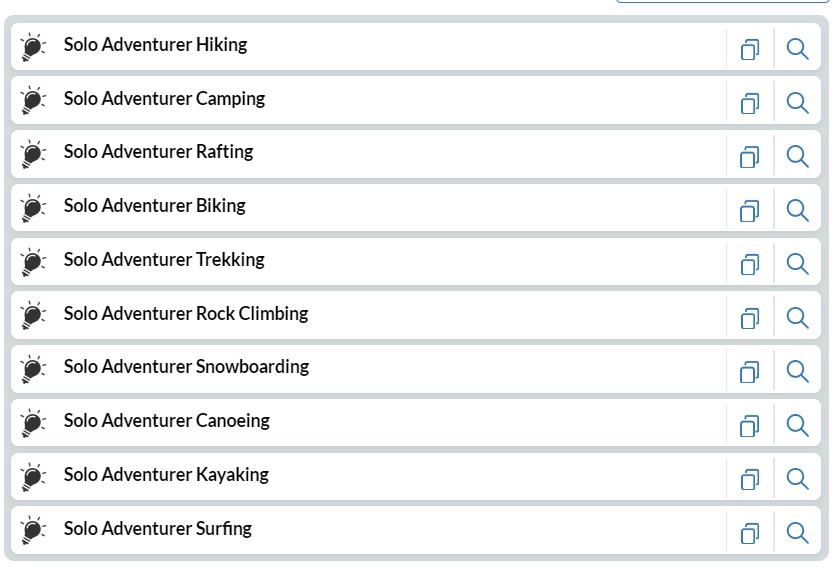
4. I then chose Solo Adventure Trekking from the above list and here are the results:
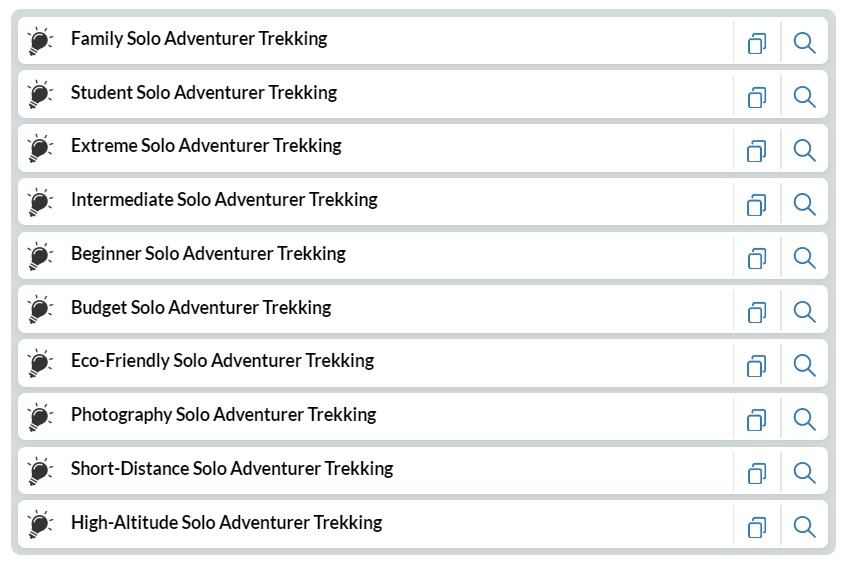
Phew! So you can see how the tool narrows down your niche to sub-niches which are lower competition. You could potentially choose any of these for your website or blog. You can also use these sub-niche ideas for posts!
4. You Don’t Pick the Right Products and Services

Remember to only promote products and services that match your audience and niche. Pick products that help your audience, and that fit your blog’s vibe. For example, a Solo Adventure Travelers blog could promote tents, hiking boots, and RVs. A Pilates blog could promote mats, balls, rollers, and fitness gear.
A pet travel blog could promote the following:
- A pack for pups.
- A multi-purpose leash.
- A travel food carrier.
- A car safety harness.
- A doggy backpack for human hikers.
So, for your Pet Travel Blog, you can write a post about ”The Ultimate Roundup of Car Safety Harnesses”, or “10 Best Travel Food Carriers”
SEE MORE HELP
5. You Don’t Disclose your Affiliate Relationships
Create an Affiliate Disclosure Page. See my Affiliate Disclosure page here which you can use as a template.
Be upfront and let your audience know when you use affiliate links on a post or page. Add a small paragraph, in the beginning, disclosing your affiliate links with a link to your Affiliate Disclosure Page. Here’s the one I use:
This post may contain affiliate links which may earn a commission at no additional cost to you. As an Amazon Associate, I earn from qualifying purchases. See my Affiliate Disclaimer here.
This avoids any confusion or trust issues. Full disclosure is the way to go!
Here’s a Great Video to Watch
Includes tips on tracking your progress with paid advertising. Worth the view and it’s only 6.5 minutes long!
6. You Don’t Solve your Audience’s Problems
While you want to make money as your end goal, your focus is providing value to your audience with super helpful content. Promote stuff that you think can actually help them. Answer your readers’ questions and create valuable content.
Solo Adventure Travelers may consider personal safety as a big issue for them. So how can you help solve this? Produce content about personal safety and promote personal safety alarms, GPS trackers, and GPS medical alarms…
7. You Don’t Share your Content

You only have 24 hours a day and social media can take 100 hours! So pick your social media options carefully, e.g. you can share to Facebook, which automatically shares to Instagram (and vice versa) to save you time.
If you have time to create Reels (Canva is good for this), these are great ways to share your content and are seen by way more people than posts.
Why not answer questions on Quora? You’re seen as an expert, and at the same time you can share links to your website.
Backlinks
By sharing your content you’re also helping others to share your content. Backlinks are links from other websites to your content. Here’s what Hubspot has to say:
Inbound links or backlinks are among the 200 factors the Google algorithm considers when ranking a site on its search engine result page…it signals to Google that you’re trustworthy and an expert in your industry.
Hubspot
8. You Don’t check your Analytics
Don’t ignore analytics! They can give you insights into what your audience likes and what’s making the most cash. Ignoring them could mean missed opportunities for you.
Connect your website to Google Analytics and Google Console (and Bing Analytics). Check out which are your high-performing posts and your lowest. This leads us to number 9….
9. You Don’t Update Underperforming Posts
Do you have old posts that readers don’t see? Edit and update these and add images and a video. Let your e-mail subscribers know you’ve updated the post.
Then add your updated posts and pages to Google URL inspection and Bing URL Submissions. So, Google and Bing know you’ve made changes. They’ll get their little crawly bots to check out your shiny ‘new’ post.
10. You Don’t Ask for People’s E-mail Addresses
Last, but not least, grow your e-mail list so your audience can sign up to hear from you! You can send links to new posts. You can also send targeted promotional e-mails.
The results from e-mails are higher conversion rates and increased brand awareness. You’re creating a trusting relationship with your audience and so they’re happy to hear from you and buy from you.
Here’s an example of a Call To Action Button at the end of Hubspot’s Posts to collect e-mails:
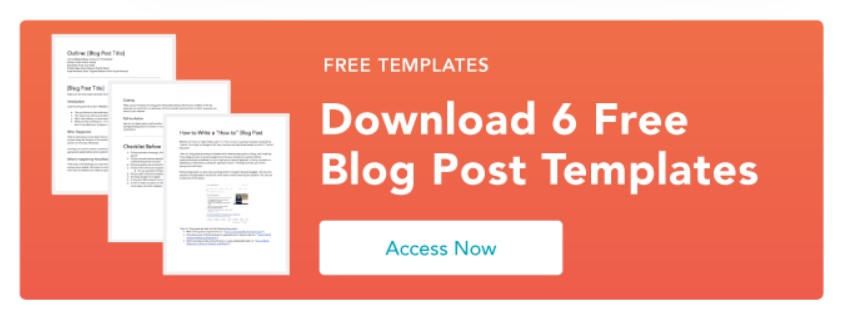
Wrapping Up – Affiliate Marketing Mistakes to Avoid
So, that’s it! Affiliate marketing is a great way to earn income online from anywhere. But, it’s not without its pitfalls. By avoiding the mistakes outlined above, you’re well on your way to success.
Whether you’re a beginner or even a seasoned affiliate marketer, these pitfalls can trip you up if you’re not careful. Keep these pointers in mind, so you can avoid them from the get-go and set yourself on the path to success!
Hi Friends
I hope this post helps you on your journey to achieve the success you dream about. For more strategies and tips to improve your efforts, please sign up for my newsletter.
Here’s to your success!
Alisa
P.s. My #1 Online Opportunity Recommendation
